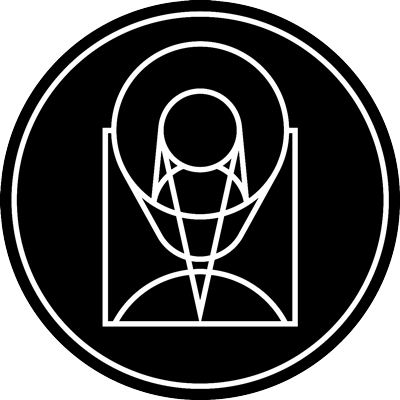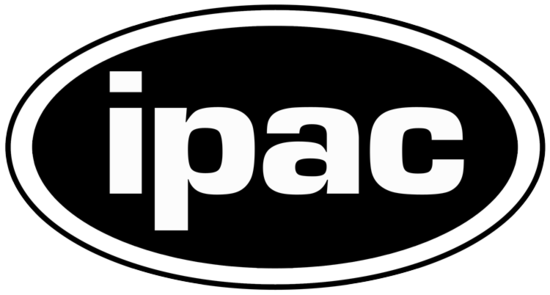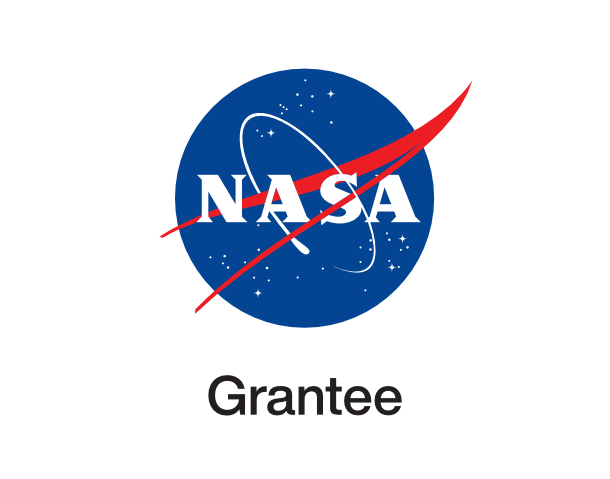Veil Nebula Supernova Remnant

stsci_2015-29a September 24th, 2015
Credit: NASA, ESA, and the Hubble Heritage Team (STScI/AURA)
NASA's Hubble Space Telescope has unveiled in stunning detail a small section of the expanding remains of a massive star that exploded about 8,000 years ago. Called the Veil Nebula, the debris is one of the best-known supernova remnants, deriving its name from its delicate, draped filamentary structures. The entire nebula is 110 light-years across, covering six full moons on the sky as seen from Earth, and resides about 2,100 light-years away in the constellation Cygnus, the Swan. This view is a mosaic of six Hubble pictures of a small area roughly two light-years across, covering only a tiny fraction of the nebula's vast structure. This close-up look unveils wisps of gas, which are all that remain of what was once a star 20 times more massive than our sun. The fast-moving blast wave from the ancient explosion is plowing into a wall of cool, denser interstellar gas, emitting light. The nebula lies along the edge of a large bubble of low-density gas that was blown into space by the dying star prior to its self-detonation. The image shows an incredible array of structures and detail from the collision between the blast wave and the gas and dust that make up the cavity wall. The nebula resembles a crumpled bed sheet viewed from the side. The bright regions are where the shock wave is encountering relatively dense material or where the "bed sheet" ripples are viewed edge on. In this image, red corresponds to the glow of hydrogen, green from sulfur, and blue from oxygen. The bluish features, outlining the cavity wall, appear smooth and arched in comparison to the fluffy green and red structures. The red glow is from cooler gas that was excited by the shock collision at an earlier time and has subsequently diffused into a more chaotic structure. A few thin, crisp-looking, red filaments arise after gas is swept into the shock wave at speeds of nearly 1 million miles an hour, so fast that it could travel from Earth to the moon in 15 minutes. Astronomers are comparing these
Provider: Space Telescope Science Institute
Image Source: https://hubblesite.org/contents/news-releases/2015/news-2015-29
Curator: STScI, Baltimore, MD, USA
Image Use Policy: http://hubblesite.org/copyright/

- ID
- 2015-29a
- Subject Category
- B.3.1.8 B.4.1.4
- Subject Name
- Veil Nebula, NGC 6960, Cygnus Loop
- Credits
- NASA, ESA, and the Hubble Heritage Team (STScI/AURA)
- Release Date
- 2015-09-24T00:00:00
- Lightyears
- 2,100
- Redshift
- 2,100
- Reference Url
- https://hubblesite.org/contents/news-releases/2015/news-2015-29
- Type
- Observation
- Image Quality
- Good
- Distance Notes
- 2,100 light-years (640 parsecs)
- Facility
- Hubble, Hubble, Hubble, Hubble, Hubble
- Instrument
- WFC3, WFC3, WFC3, WFC3, WFC3
- Color Assignment
- Blue, Blue, Red, Green, Red
- Band
- Optical, Optical, Optical, Optical, Optical
- Bandpass
- [O III], V, Halpha [N II], [S II], I
- Central Wavelength
- 502, 555, 657, 673, 814
- Start Time
- 2015-04-14T00:00:00, 2015-04-14T00:00:00, 2015-04-14T00:00:00, 2015-04-14T00:00:00, 2015-04-14T00:00:00
- Integration Time
- Dataset ID
- Notes
- A
- Coordinate Frame
- FK5
- Equinox
- Reference Value
- 311.4448341670000104, 30.9149362498000002
- Reference Dimension
- 10681.00000000000, 7121.000000000000
- Reference Pixel
- 9358.0498046899992914, 5990.5422363300003781
- Scale
- -0.0000111069504722, 0.0000111069504722
- Rotation
- 137.689690
- Coordinate System Projection:
- TAN
- Quality
- Full
- FITS Header
- Notes
- Creator (Curator)
- STScI
- URL
- http://hubblesite.org
- Name
- Space Telescope Science Institute Office of Public Outreach
- outreach@stsci.edu
- Telephone
- 410-338-4444
- Address
- 3700 San Martin Drive
- City
- Baltimore
- State/Province
- MD
- Postal Code
- 21218
- Country
- USA
- Rights
- http://hubblesite.org/copyright/
- Publisher
- STScI
- Publisher ID
- stsci
- Resource ID
- STSCI-H-p1529a-f-10681x7121.tif
- Resource URL
- https://mast.stsci.edu/api/latest/Download/file?uri=mast:OPO/product/STSCI-H-p1529a-f-10681x7121.tif
- Related Resources
- http://hubblesite.org/newscenter/archive/releases/2015/29
- Metadata Date
- 2022-07-06T00:00:00
- Metadata Version
- 1.2
Detailed color mapping information coming soon...















